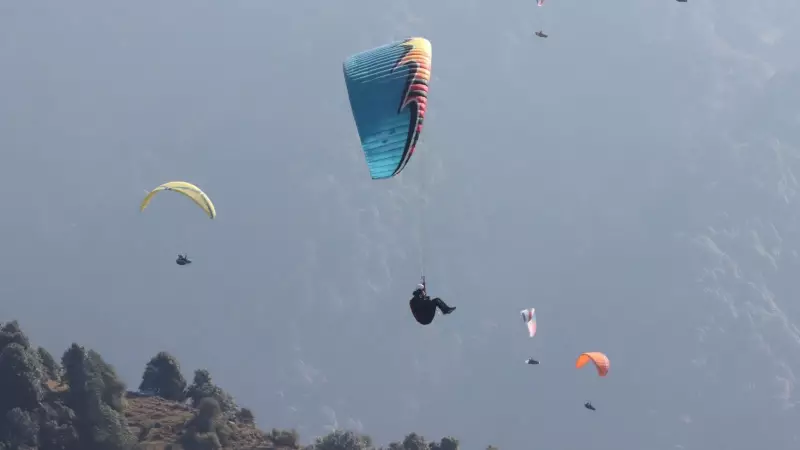
The skies above Bir Billing, renowned as India's paragliding capital, wear an unusual emptiness this season. The vibrant canvas of colorful gliders that typically dots the Himalayan landscape has significantly thinned, revealing a troubling trend for the local adventure sports economy.
The Stark Numbers Tell the Story
Compared to the bustling 2023 season, Bir Billing has witnessed an alarming 50% reduction in footfall from international paragliding pilots. Local operators, who typically prepare for hundreds of enthusiasts from across the globe, now face quiet landing zones and underutilized equipment.
Climate's Unforgiving Impact
Experts point to the extended monsoon season as a primary culprit. The unpredictable weather patterns have created unreliable flying conditions, forcing pilots to cancel or postpone their Himalayan adventures. "When the weather doesn't cooperate, neither can we," explains a veteran local pilot. "This prolonged monsoon has essentially shortened our entire operating season."
Global Conflicts Ground Travelers
Beyond weather challenges, international geopolitical tensions and conflicts have created additional barriers. Travel advisories, flight disruptions, and general uncertainty have made long-distance travel to remote Himalayan destinations less appealing for international adventure seekers.
Economic Ripple Effects
The decline extends beyond just paragliding. Local businesses—including homestays, restaurants, equipment rental shops, and guide services—are feeling the pinch. The typical economic boom during peak season has been noticeably muted, affecting livelihoods throughout the region.
Despite the challenges, the local community remains hopeful. The natural beauty and ideal flying conditions of Bir Billing haven't changed, and operators are optimistic about a rebound once weather patterns stabilize and global situations improve.





